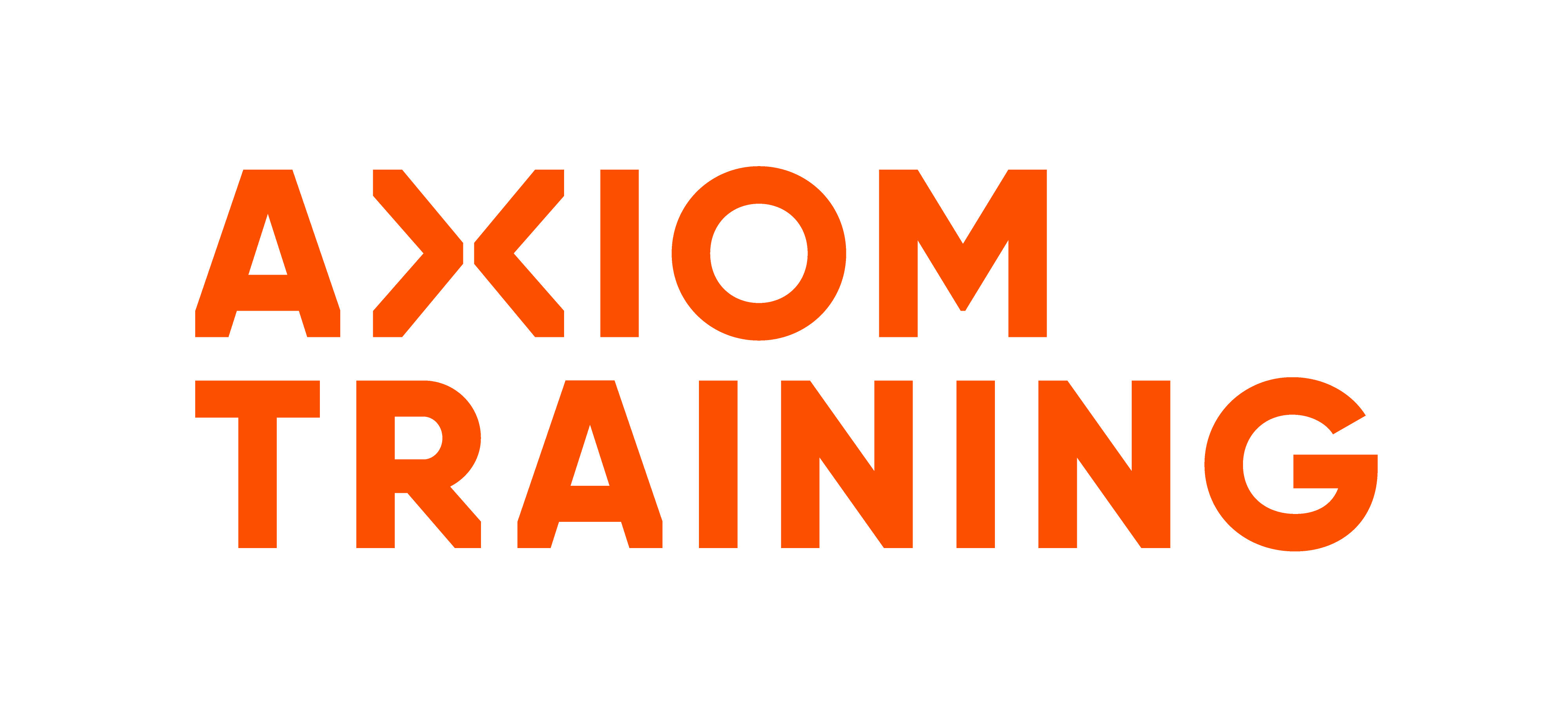White Paper: Workplace Health & Safety
A Team Effort
Everybody deserves to get home from work safely each day – our children, our families and our communities depend on it. But sadly New Zealand’s track record for health and safety performance is less than ideal. Last year alone, 66 workers were fatally injured in Kiwi workplaces, and many more suffered serious injuries.
According to WorkSafe, the only way to improve our health and safety culture is by working together. That means everybody within an organisation – from the owner to the newest recruit - has a critical role to play in keeping people safe.
“Workplace safety should be a top priority for everyone within an organisation,” says Nick Matzopoulos, National Trainer Director at Safety ‘n Action, New Zealand’s leading provider of health and safety training.
“Organisations need to engage with all levels across the business and enable all their workers to actively participate in health and safety.”
In 2020, Safety ‘n Action delivered training to more than 32,000 people and helped thousands of New Zealand organisations manage their health and safety responsibilities under the Health and Safety at Work Act (HSWA) 2015.
But what exactly are these responsibilities? Read on – or check out Safety ‘n Action’s half-day Health and Safety at Work Seminar (www.safetynaction.co.nz/en/our-courses/course-catalogue/health-and-safety-at-work-seminar) which gives a great overview, and lays the foundations for meeting the compliance requirements of the HSWA.
The PCBU (Person Conducting a Business or Undertaking):
Most Kiwi businesses, whether large corporates, sole traders, or self-employed, are classed as PCBU’s. Under the Act they have the primary responsibility (referring to as ‘primary duty of care’) for the health and safety of their workers and any others influenced by their work (such as customers, children and members of the public).
This primary duty of care includes:
- Providing and maintaining a work environment that’s without risks to health and safety, both physically (e.g. lighting, ventilation, noise) and psychologically (e.g. overcrowding, work-related stress and fatigue)
- Providing and maintaining safe plant (machinery, vehicles, equipment and so on) and structures (such as buildings, frameworks, pipelines, bridges)
- Providing and maintaining safe systems of work, and reviewing them regularly
- Ensuring the safe use, handling and storage of plant, structures and substances
- Providing adequate – and accessible – facilities for the welfare of workers
- Providing workers with the information, training and supervision they need to protect people from risk
- Monitoring worker health and workplace conditions.
According to the Act, many of these primary responsibilities must be carried out ‘so far as reasonably practicable’.
Explains Nick “Different businesses have different risks so it all depends on the type of work you do. Each business has to figure out what is reasonably practicable for them, by looking at what their specific health and safety risks are, how likely they are to happen, and the degree of harm those risks present. They also need to understand ways to eliminate or reduce the risks, and weigh up the associated costs.”
Businesses that work together might share some of these health and safety duties. This is referred to as ‘overlapping duties’. Meanwhile businesses who are in the supply chain (upstream) also have a duty to ensure their health and safety is up to scratch (‘upstream duties’).
The Officer
An Officer is typically a director, chief executive or general partner – basically someone who has considerable influence over the management of an organisation. As far as health and safety goes, their job is to exercise due diligence to ensure the business meets its HSWA obligations. Unlike PCBUs, they’re not responsible for ensuring the health and safety of workers.
So what exactly is ‘due diligence’?
According to WorkSafe, it involves taking reasonable steps to:
- Keep up-to-date knowledge of work health and safety matters
- Understand the nature of the operations of the business, and the associated hazards and risks
- Ensure the business has the resources and processes to eliminate or minimise risks
- Ensure the business implements processes for complying with its HSWA duties and responsibilities
- Verify the provision and use of resources and processes.
The responsibilities – and liabilities – of officers have increased significantly as a result of the HSWA 2015 . Now, they have a much greater responsibility to ensure their business operates safe in their workplaces, and if they don’t, they could be personally liable for a fine of up to $600,000, or five years imprisonment, or both.
To help businesses gain a deeper understanding of the responsibilities of their PCBU’s and Officers, Safety ‘n Action offers two training programmes:
- a two-hour Health and Safety Board and Management Overview (safetynaction.co.nz/en/our-courses/course-catalogue/health-and-safety-board-management-overview)
- a half day Health and Safety Board and Management Seminar (safetynaction.co.nz/en/our-courses/course-catalogue/health-and-safety-board-management-seminar)
Workers’ responsibilities
Workers are at the coalface of a business and in many cases, are in the best position to know where the health and safety pressure points are, and practical solutions for eliminating or minimizing them. They’re also usually those most directly affected by any risks and hazards. That’s why all businesses are required to ensure their entire workforce engages and participates in workplace health and safety practices. As well as having a say in health and safety, workers are required to:
- Take reasonable care of their own health and safety
- Take reasonable care to ensure others are not harmed by something they do, or don’t do
- Follow health and safety instructions
- Cooperate with their organisation’s health and safety policies and procedures.
Health and Safety Representatives (HSRs) and Health and Safety Committees (HSC) provide a strong voice for employees and are elected by other workers to speak on their behalf for all things health and safety related. They investigate concerns and risks, monitor the PCBU’s health and safety measures and give feedback. They’re also entitled to request relevant information from their PCBU, inspect the workplace and attend interviews.
Once elected, an HSR can carry out a number of health and safety duties, but they have to complete their NZQA unit standard 29315 before they can exercise all their special powers (specifically issuing Provisional Improvement Notices (PIN) or directing workers to cease unsafe work). After completing this initial training, HSRs are entitled to up to two days paid leave every year to grow their knowledge and expertise in occupational health and safety.
To empower your HSRs to fulfil their responsibilities you can’t go past Safety ‘n Action’s one day Health and Safety Representative Initial course (www.safetynaction.co.nz/en/our-courses/course-catalogue/health-and-safety-representative-initial).
Or if you’re keen to encourage worker engagement, participation and representation by establishing a Health and Safety Committee, you’ll gain a comprehensive framework with Safety ‘n Action’s one-day Health and Safety Committee course (www.safetynaction.co.nz/en/our-courses/course-catalogue/health-and-safety-committee).
With its wide range of training options, and specific courses that target different roles, Safety ‘n Action is leading the charge in transforming New Zealand’s health and safety culture.
View training solutions
-
Health and Safety at Work Seminar
Ensure you understand the key requirements of the Health and Safety at Work Act (2015) and if your organisation is compliant with these. Use this seminar to seek clarification around any concerns or gaps and identify recommended solutions with our health and safety expert.
-
Health and Safety Board & Management Overview
Gain a general understanding of the duties and responsibilities of the Board and Management teams in relation to the Health and Safety at Work Act




